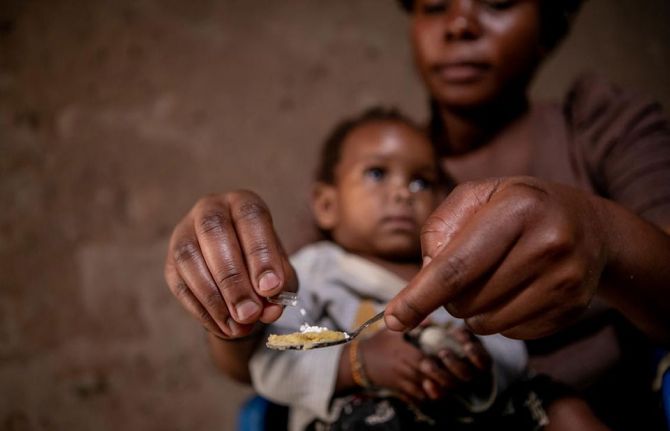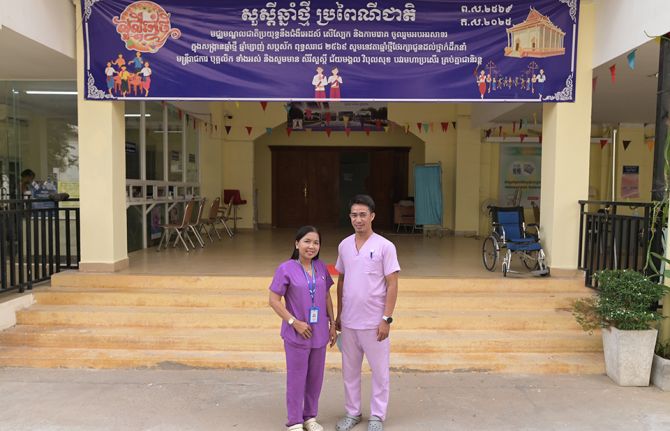

Feature Story
Children living with HIV lagging behind adults in access to treatment
08 March 2021
08 March 2021 08 March 2021Treatment coverage among children living with HIV lags behind adult treatment coverage in most of the sub-Saharan African countries with large HIV epidemics. Across all countries, treatment coverage among children living with HIV in 2019 was just 53% [36–64%], representing a global failure to provide life-sustaining care to 840 000 of the 1.8 million [1.3 million–2.2 million] children living with HIV.
As vertical infections decline, the proportion of children aged 5–14 years who are living with HIV has increased. Of the estimated 840 000 children living with HIV not on treatment in 2019, 560 000 of them were between the ages of 5 and 14 years. Efforts to find and treat these undiagnosed children living with HIV must be accelerated. One strategy is to ensure that children who have lost one or both parents to AIDS-related illnesses have been reached by integrating HIV testing services into programmes supporting orphans and other vulnerable children.
In addition, studies indicate that large proportions of people enrolled on HIV treatment have family members, including children, whose HIV status is unknown. Testing those family members through index testing that is rights-based and gender-sensitive can be an effective strategy for identifying older children living with HIV. Index family testing also improves timely linkages to care, with initiation rates of 42–96% reported in various studies. Such family-based approaches also enable parents and their children to access care jointly, which can improve retention.



